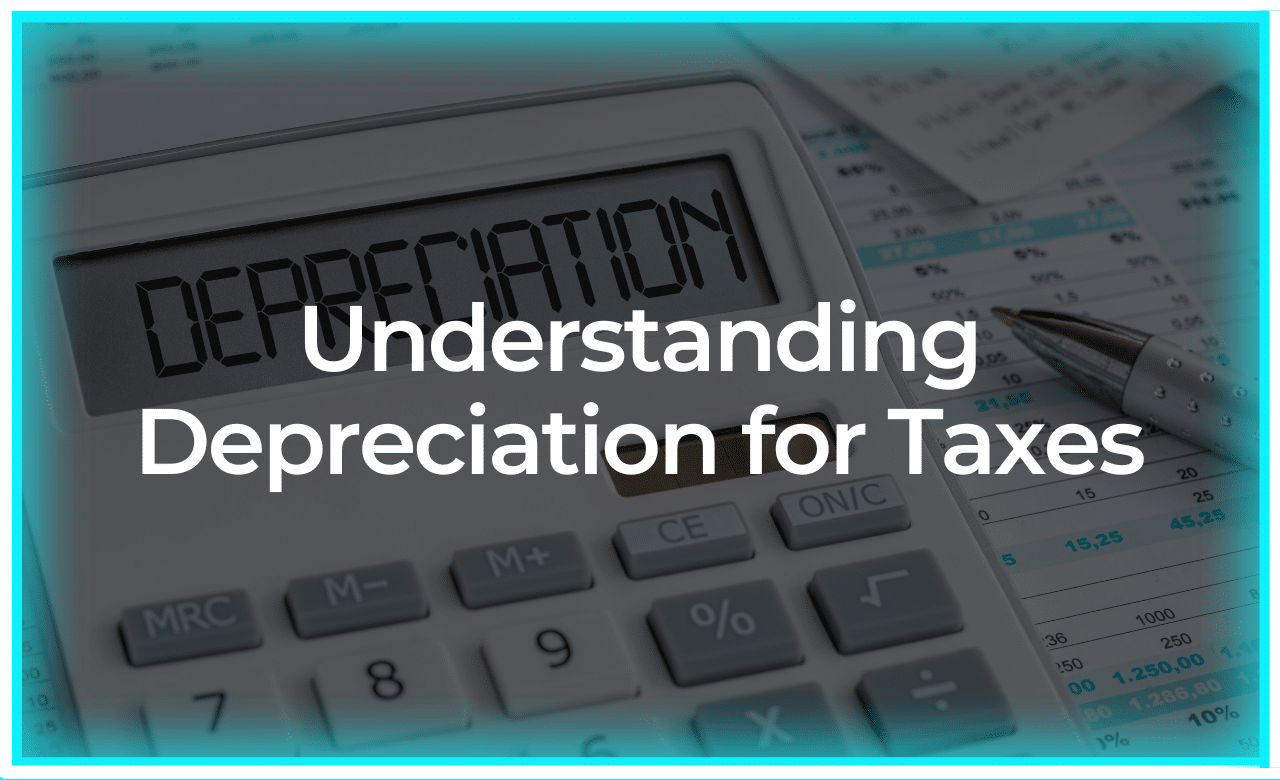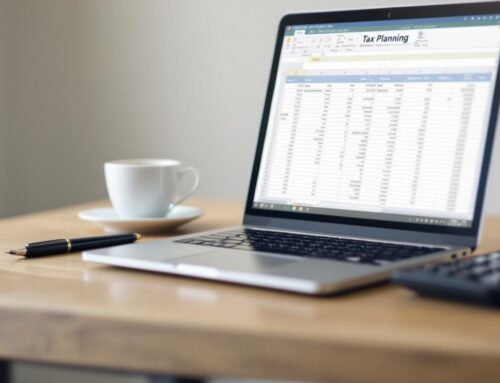Hi, I’m Bette Hochberger, CPA, CGMA. When it comes to filing taxes, understanding depreciation is essential for both businesses and individuals. It’s a term that you might encounter frequently, but what does it really mean in the context of taxes? In today’s quickie, I’ll break down depreciation, how it impacts your taxes, and why it’s important for maximizing deductions.
What is Depreciation?
Depreciation refers to the process of allocating the cost of a tangible asset over its useful life. Think of it as a way to account for the gradual decline in value of an asset due to factors like wear and tear, age, or obsolescence. For example, if you purchase a delivery vehicle for your business, its value will decrease each year as it’s used for deliveries. This reduction in value can be reflected in your taxes as a deductible expense.
Why is Depreciation Important for Taxes?
Understanding depreciation is crucial for several reasons:
Tax Deductions
Depreciation allows businesses to deduct the cost of an asset over time, reducing their taxable income. This means that you can lower the amount of tax you owe, helping you keep more of your hard-earned money.
Accurate Financial Reporting
By recognizing depreciation, businesses can present a more accurate picture of their financial health. This is important for attracting investors, securing loans, and managing finances effectively.
Budgeting for Asset Replacement
Knowing how your assets depreciate can help you plan for future expenses. For example, if you know a vehicle loses value quickly, you can budget for its eventual replacement.
How Does Depreciation Work for Taxes?
There are several methods to calculate depreciation for tax purposes, but the most common ones include:
Straight-Line Depreciation
This is the simplest and most straightforward method. You divide the initial cost of the asset by its useful life. The same amount is deducted each year.
Example: Let’s say you buy a delivery van for $30,000, and you expect it to last 5 years. The annual depreciation would be:
$30,000 ÷ 5 = $6,000 per year
This means you can deduct $6,000 from your taxable income each year for five years.
Declining Balance Depreciation
This method allows for larger deductions in the earlier years of an asset’s life. You calculate depreciation based on a fixed percentage of the asset’s remaining value.
Example: If your delivery van has a 20% declining balance, the first year’s depreciation would be:
$30,000 × 20% = $6,000
For the second year, you would apply the 20% to the remaining value ($30,000 – $6,000 = $24,000), and so on.
Section 179 Deduction
For small businesses, the IRS allows you to take a Section 179 deduction. This lets you deduct the full purchase price of qualifying equipment or software purchased or financed during the tax year, up to a certain limit. This deduction can be a game changer for small businesses, allowing you to recover costs quickly.
Understanding depreciation is super important for effective tax planning. By recognizing how depreciation works and utilizing it to your advantage, you can maximize your deductions and minimize your tax liability. Whether you’re a business owner or an individual looking to make the most of your finances, grasping the concept of depreciation can empower you to make informed decisions. Always consider consulting with a tax professional to ensure you are utilizing depreciation correctly and taking full advantage of the deductions available to you!
I’ll see you next time!










